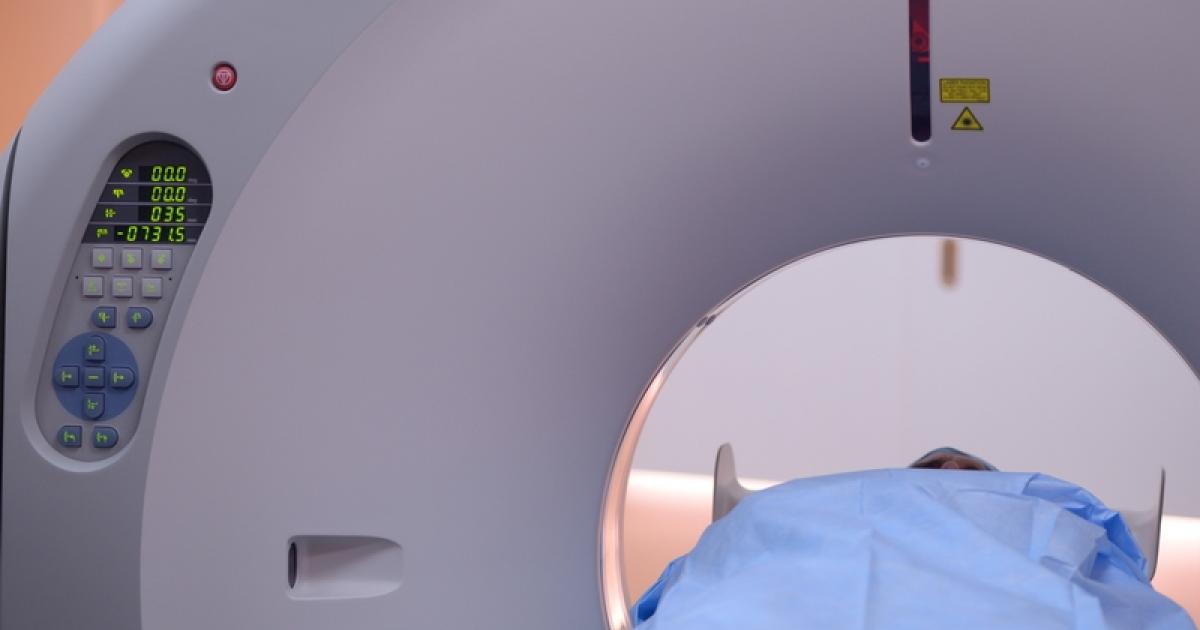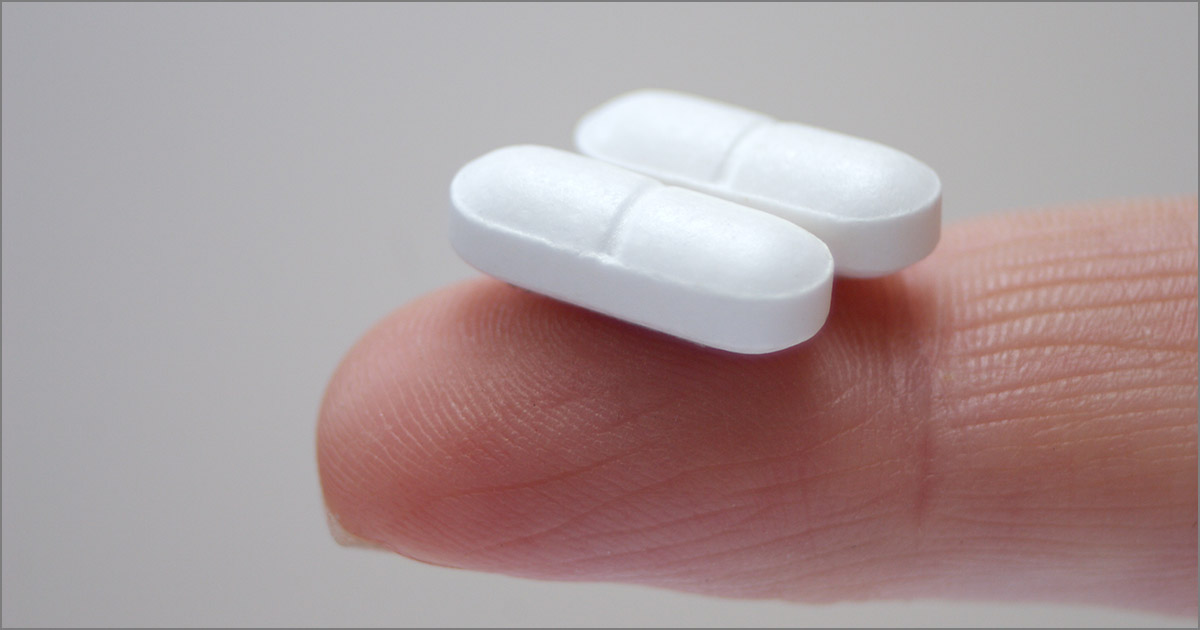Guide To Diagnosing, Preventing, And Treating Tardive Dyskinesia
Tardive dyskinesia is a syndrome that produces neurologic symptoms in an individual who has been treated with the long-term use of neuroleptic drugs. These types of drugs are typically prescribed for disorders of psychiatric nature, neurological disorders, and disorders of the gastrointestinal tract. This syndrome is characterized by purposeless, repeating, and involuntary movements of an affected individual's body. These movements are sudden, jerky, stiff, and uncontrollable. Some common manifestations that occur with this syndrome include lip smacking, lip pursing, grimacing, lip puckering, rapid blinking of the eyes, protrusion of the tongue, and sudden movements of the legs, arms, and trunk. Uncommonly, involuntary finger movements may manifest as well. Not every individual who takes antipsychotic drugs for an extended period will develop tardive dyskinesia, but it is permanent for some of those who do.
Read about the methods of diagnosing, treating, and preventing tardive dyskinesia now.
Specialized Physical Exam

Tardive dyskinesia can be a challenging disorder for a physician to diagnose. The exact timing of the manifestation of symptoms can make it difficult to determine if the antipsychotic has caused them. Fortunately, a specialized physical exam can be used to help rule out tardive dyskinesia in individuals who take medication for mental health conditions. The Abnormal Involuntary Movement (AIM) scale can help identify any abnormal involuntary movements potentially caused by the antipsychotic medication. The test does not take very long and has shown to be effective at catching cases of medication precipitated neurological disorders. The AIM scale test involves a series of brief assessments that involve the observation of involuntary movements when a patient is asked to concentrate on multiple physical and mental tasks at the same time. These procedures have proven to stimulate the individual and instigate the appearance of movement related disorders.
Continue reading to reveal more methods of diagnosing tardive dyskinesia now.
Tests For Other Movement Disorders

An individual experiencing symptoms indicative of tardive dyskinesia manifestation may need to undergo tests for other movement disorders. The individual's physician uses this method as a process of elimination before they are able to make a tardive dyskinesia diagnosis. Brain imaging tests like computed tomography or CT scan, x-ray scans, magnetic resonance imaging test or MRI, genetic testing, an electroencephalogram, and or metabolic testing may be utilized by a provider to help eliminate cerebral palsy and or a previous stroke as the cause of the patient's symptoms. Huntington's disease can be dismissed as the culprit through the use of in-depth genetic tests that are done on an individual's blood sample. A physician may utilize a single-photon emission computerized tomography test and a dopamine transporter scan to rule out Parkinson's disease as the cause of the symptoms. Tourette's syndrome can be ruled out from the possible symptom causes through a thorough medical history and physical exam.
Discover how to treat and prevent tardive dyskinesia now.
Medications

Some individuals affected by tardive dyskinesia have severe cases of psychiatric disorders that are unable to be managed without the particular medication causing this reaction. In such cases, after other methods of treatment have failed to manage both the psychiatric disorder and tardive dyskinesia in the individual, other medications may be necessary to help subdue the abnormal muscle movements. Benzodiazepines are a type of drug with a profound effect on the neurotransmitters in an individual's brain, including gamma-aminobutyric acid (GABA). These medications can reduce the hyperactive nerve activity in an individual's brain causing the abnormal and involuntary movements. Clozapine is another drug that may be used in a patient with tardive dyskinesia that cannot lower or come off their antipsychotic medication. Clozapine inhibits receptors in the patient's brain, including acetylcholine receptors. Acetylcholine is an important substance that allows an individual's nerves to tell their muscles to contract. Clozapine depresses this effect, causing the abnormal muscle movements to ease up in some patients. An injection called botulinum toxin may be used to temporarily paralyze specific muscles that may be affected by tardive dyskinesia.
Learn more about treating and preventing tardive dyskinesia now.
Natural Supplement Remedies

Individuals affected by tardive dyskinesia may want to consider natural supplement remedies to help with the management of their symptoms. Ginkgo biloba is an extract derived from the leaves of the gingko biloba plant and contains many antioxidants. Several studies have shown it has improved several symptoms of tardive dyskinesia. Melatonin is a substance naturally found in an individual's body that contributes to their sleep cycle. Melatonin can help individuals who experience insomnia as a complication of their involuntary tardive dyskinesia movements. The sedative effects melatonin has on the brain are also helpful during the day in small doses to help reduce involuntary movements. The bioactive type of vitamin B6 is a pyridoxal-5-phosphate that has long shown success with reducing symptoms in several other movement disorders usually caused by the use of antipsychotic drugs. According to recent preliminary evidence, this form of vitamin B6 has shown to decrease abnormal movements in some individuals who have tardive dyskinesia. Vitamin E is a powerful antioxidant that can bind with damaging free radicals in the body known to participate in the pathology of tardive dyskinesia. Some affected individuals have had success in stopping the progression or worsening of their disorder with vitamin B6 or vitamin E supplementation.
Keep reading to learn more about effectively treating and preventing tardive dyskinesia now.
Use The Lowest Dosage Of Medication Possible

Because tardive dyskinesia is a complication or adverse side effect that occurs with antipsychotic medications, some affected individuals may be able to ease their symptoms if they use the lowest dosage of medication possible. Antipsychotic medications treat conditions such as bipolar disorder, schizophrenia, and other mental illnesses. Tardive dyskinesia typically only occurs in individuals taking antipsychotic medications for three months or longer. The chances of developing tardive dyskinesia increase as an individual's duration of use increases. In addition, the older and more established versions of antipsychotic medications are known to cause tardive dyskinesia more often than the newer versions. Common medications that cause this disorder include prochlorperazine, fluphenazine, thioridazine, metoclopramide, chlorpromazine, haloperidol, and trifluoperazine. Typically, one of the first methods used to try and improve an individual's tardive dyskinesia symptoms is to lower the dose of the medicine causing them. This tapering of antipsychotic medications should not be done without direction from a specialized physician, as reducing dosage or stopping these drugs without supervision can be very dangerous. Using the lowest effective dosage is also beneficial at preventing this condition from occurring in the first place.